Description
Description :
Hierarchical edge bundling is a data visualization technique used to simplify and clarify complex networks by grouping related edges together into bundles. This method organizes interconnected data hierarchically, allowing for the visualization of relationships between nodes while reducing visual clutter and enhancing readability. Bundled edges are represented as curved or straight lines, emphasizing the strength and directionality of connections within the network. This technique is particularly useful for analyzing large-scale networks, such as social networks, biological pathways, or organizational structures, where understanding the relationships between interconnected elements is crucial.
Purpose :
The purposes of hierarchical edge bundling include:
- Simplifying Complex Networks: Hierarchical edge bundling aims to simplify complex networks by grouping related edges together into bundles. This helps reduce visual clutter and improve the clarity of network visualizations, making it easier to interpret the relationships between nodes.
- Enhancing Readability: By bundling related edges, hierarchical edge bundling enhances the readability of network visualizations. Bundled edges are represented as curved or straight lines, making it easier for viewers to follow the flow of connections between nodes and understand the overall structure of the network.
- Revealing Patterns and Trends: Hierarchical edge bundling can reveal patterns and trends within large-scale networks that may not be immediately apparent in unprocessed data. By visualizing the relationships between interconnected elements, users can identify clusters, hubs, and other structural features of the network.
- Analyzing Network Dynamics: Hierarchical edge bundling enables the analysis of network dynamics, including the strength and directionality of connections between nodes. By visualizing bundled edges, users can gain insights into the flow of information, resources, or influence within the network over time.
- Facilitating Exploration and Navigation: Hierarchical edge bundling facilitates exploration and navigation of complex networks by providing a simplified representation of interconnected data. Users can interactively explore bundled edges, zoom in on specific regions of interest, and uncover hidden connections within the network.
- Communicating Insights: Hierarchical edge bundling helps communicate insights and findings from network analysis to stakeholders and decision-makers. Clear and visually appealing visualizations generated using this technique can effectively convey complex information and support data-driven decision-making processes.
Overall, the purposes of hierarchical edge bundling revolve around simplifying complex networks, enhancing readability, revealing patterns and trends, analyzing network dynamics, facilitating exploration and navigation, and communicating insights to stakeholders.
Uses :
Only logged in customers who have purchased this product may leave a review.

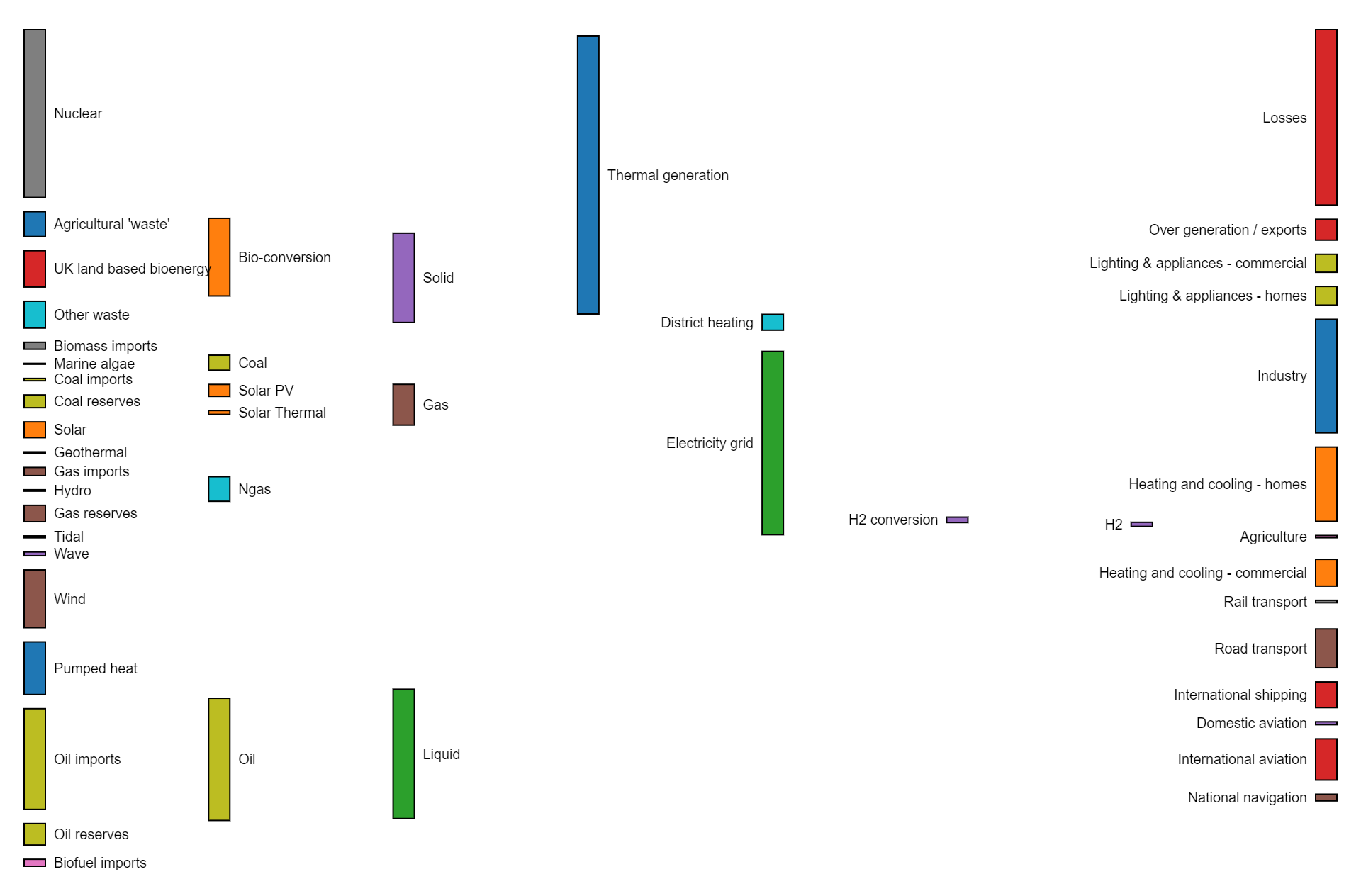
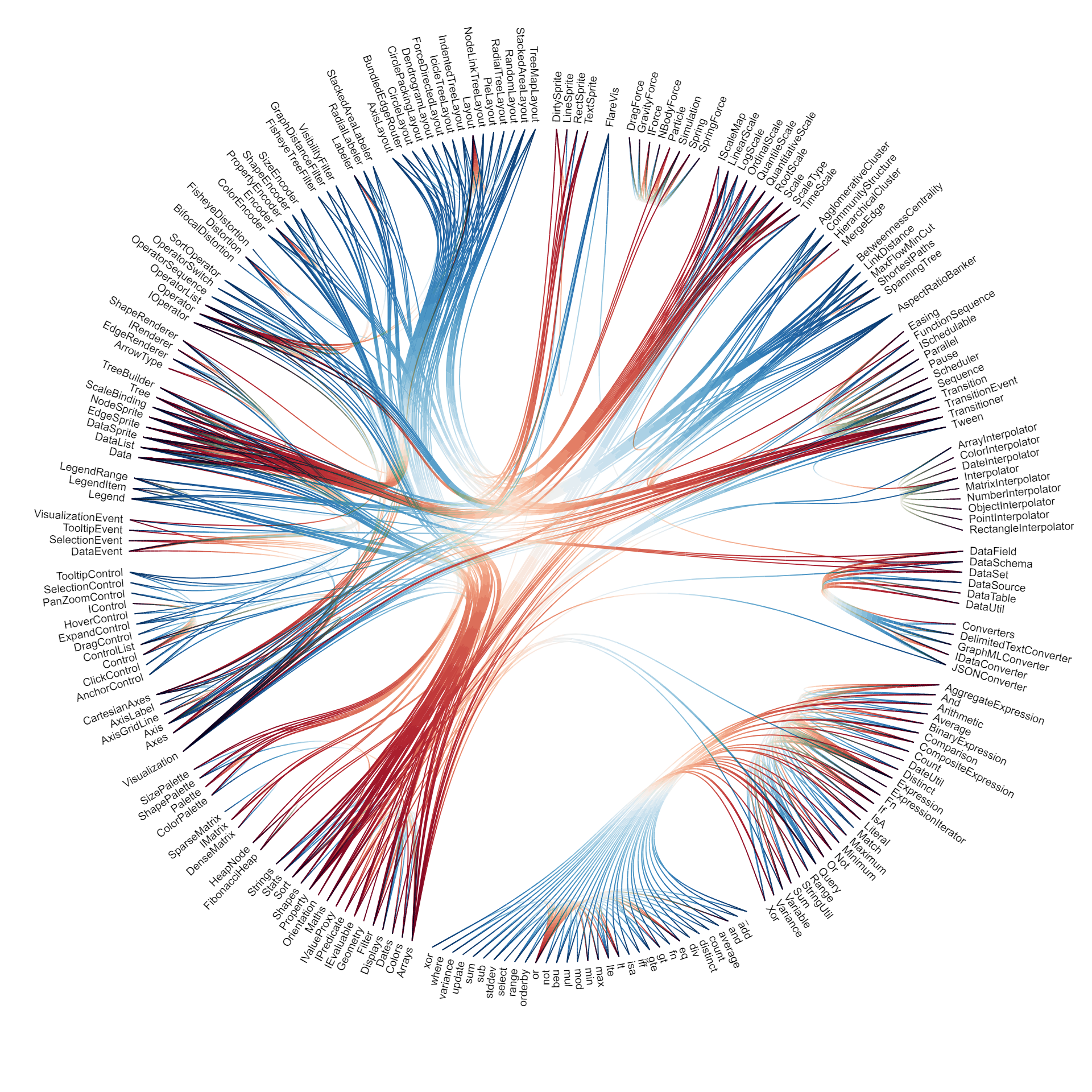
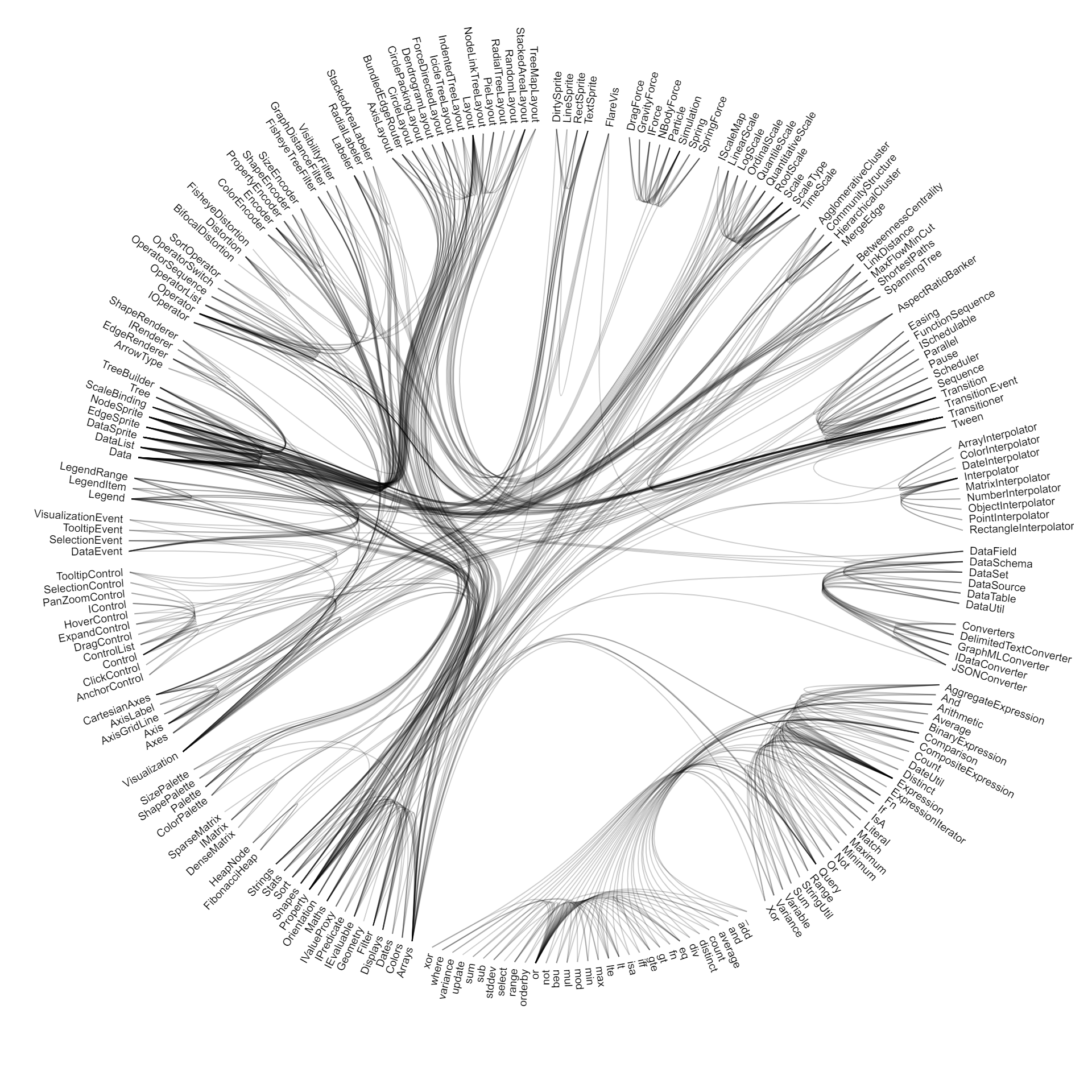
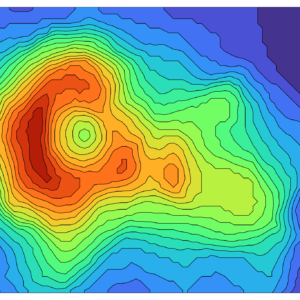
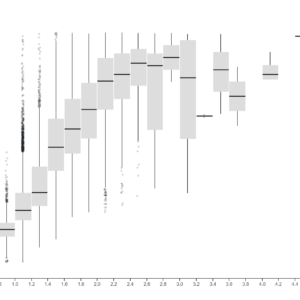
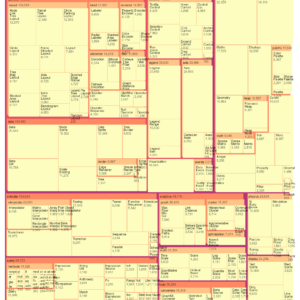
Reviews
There are no reviews yet.